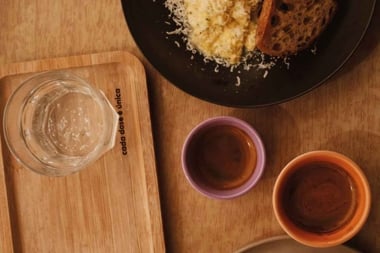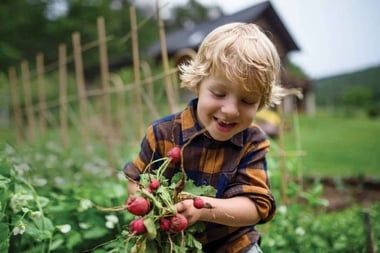Diabetes: An Aboriginal Epidemic

Statistics show high rates of diabetes mellitus (types I and II) among aboriginal peoples. However, it is not the diabetes, but the complications of the disease, which kill.
Statistics show high rates of diabetes mellitus (types I and II) among aboriginal peoples. However, it is not the diabetes, but the complications of the disease, which kill. Blindness, poor circulation causing gangrene (leading to amputation of limbs), kidney failure, heart disease and stroke are some of the worst developments.
Historically, diabetes was virtually non-existent amongst aboriginal people, so I have looked to the ancestors for answers. The reasons are found in food.
The post-World War II North American diet for both natives and non-natives is full of refined sugars and fibre-depleted carbohydrates. It includes foods like white bread, processed breakfast cereals, donuts and other baked goods, soft drinks and fast food. In contrast, a diet of complex carbohydrates and (water-soluble) fibre-rich foods can protect against diseases, including diabetes. Saturated fats, refined sugar and chromium deficiency are linked to diabetes. The excessive intake of n-nitroso-compounds in commercially- smoked meats creates substances that destroy beta cells in the pancreas, which are in charge of producing insulin.
One thing my grandmother taught me, which we continue to impart to our children, is "The Ancestors’ Diet." For breakfast we consume things "high off the earth"--nuts, berries and fruits. This gives us the fructose, fats and proteins to get energized. The natural fruit sugars, or fructose, do not increase blood sugar levels the same way as refined sugars.
At lunch we eat the "three sisters" (corn, beans and squash), grains and vegetables that grow above ground. From this group we get the complex carbohydrates, vegetable proteins and fibre needed to sustain high energy levels.
For supper, we eat root vegetables–those grown below ground–and occasionally fish, fowl or animal protein. These plants provide starches and fibre and sustain blood sugar levels through the night because they take longer to digest. Historically, animal proteins were eaten only every three or four days.
This is a pH-balanced way of eating and it ensures a primarily plant-based source of protein. If the diet is not balanced, the blood becomes toxic and the overworked digestive organs begin to break down. This may be why the beta cells of the pancreas cannot keep up to the high fat, high sugar, low-carbohydrate content of the modern diet.
Back To Health
In my practice, the diabetic patient is screened carefully. The person is viewed within the context of their larger community, as any changes they make will affect the whole family. Family support and understanding are critical to the management of diabetes. Lifestyle factors assessed are exercise, employment stress, smoking and whether drugs and/or alcohol are used. It is essential to address addictions and support the toughest parts of treatment, which are the lifestyle changes. I also always work with the person’s medical care provider.
The first course of treatment includes implementing the ancestors’ diet. This drastically lowers and stabilizes blood sugar levels within two moon cycles. If the person is type I, they invariably need much less insulin. During this time we also work on eliminating any addictions. After two moons, traditional aboriginal medicines are introduced. My favorite is skunk cabbage (symplocarpus foetidus). It must be gathered from mid-May to mid-June, the only time it is available. Obviously, enough has to be harvested to last each patient for a whole year. The root is decocted into a tisane (brew), which is consumed throughout the day.
Another excellent plant is bilberry (vaccinium myrtillus or blueberry). Berries and leaves are gathered and dried, and if consumed consistently, have a marked effect on stabilizing blood sugar levels (and assisting kidney function over time). The next useful plant is bearberry (arctostaphylos uva ursi). A tincture is created from the leaves and taken in conjunction with bilberry.
There are many other plants used, but these three are available in my geographic area. We have such good results, especially with skunk cabbage, that some type I diabetics can go off insulin and some type II patients show signs of being healed completely–beta cells in the pancreas seem to regenerate. (Self-medicating is not advised in many cases so consult a known naturopath or herbalist.)
Research shows that environmental factors have an influence on diabetes, which necessitates the use of organic growing traditions. Artificial fertilizers contain hormones that disturb the sensitive metabolism of a diabetic. Insecticides and herbicides contain toxins, which make it harder for the visceral organs to do their jobs. Environmental sensitivities create antibodies, which can target the beta cells in the pancreas and destroy them. Eco-awareness teaches appreciation of food and gardening is also good exercise!
With the help of the Aboriginal Healing and Wellness Strategy in 1997, my husband and I have brought together specimens of traditional healing plants (not genetically altered or hybridized). These are made available to aboriginal communities (and anyone else) in regions of Canada where they do not grow naturally.




